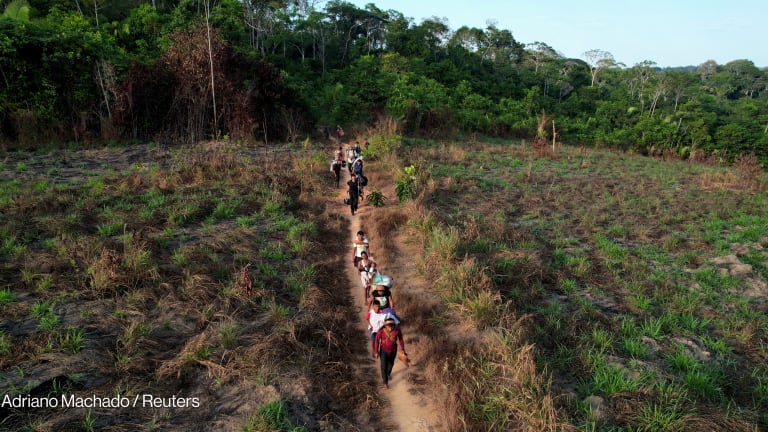Investments in natural water infrastructure projects which help deliver cleaner drinking water, reduce flood risks, and protect against storm damage, increased to a record high of $25 billion in 2015, a new report has found.
These “green infrastructure” projects are aimed at harnessing the natural ability of forests, grasslands, wetlands, mangroves, and other ecosystems.
At a time of water scarcity, increasing droughts and floods, and inadequate financing for water infrastructure, governments, companies and utilities are increasingly looking to invest in such projects as a cost-effective and climate-friendly alternative to traditional “gray” water infrastructure, like water storage, pipes and treatment plants, seawalls or dams, according to a new report by Forest Trends' Ecosystem Marketplace.






